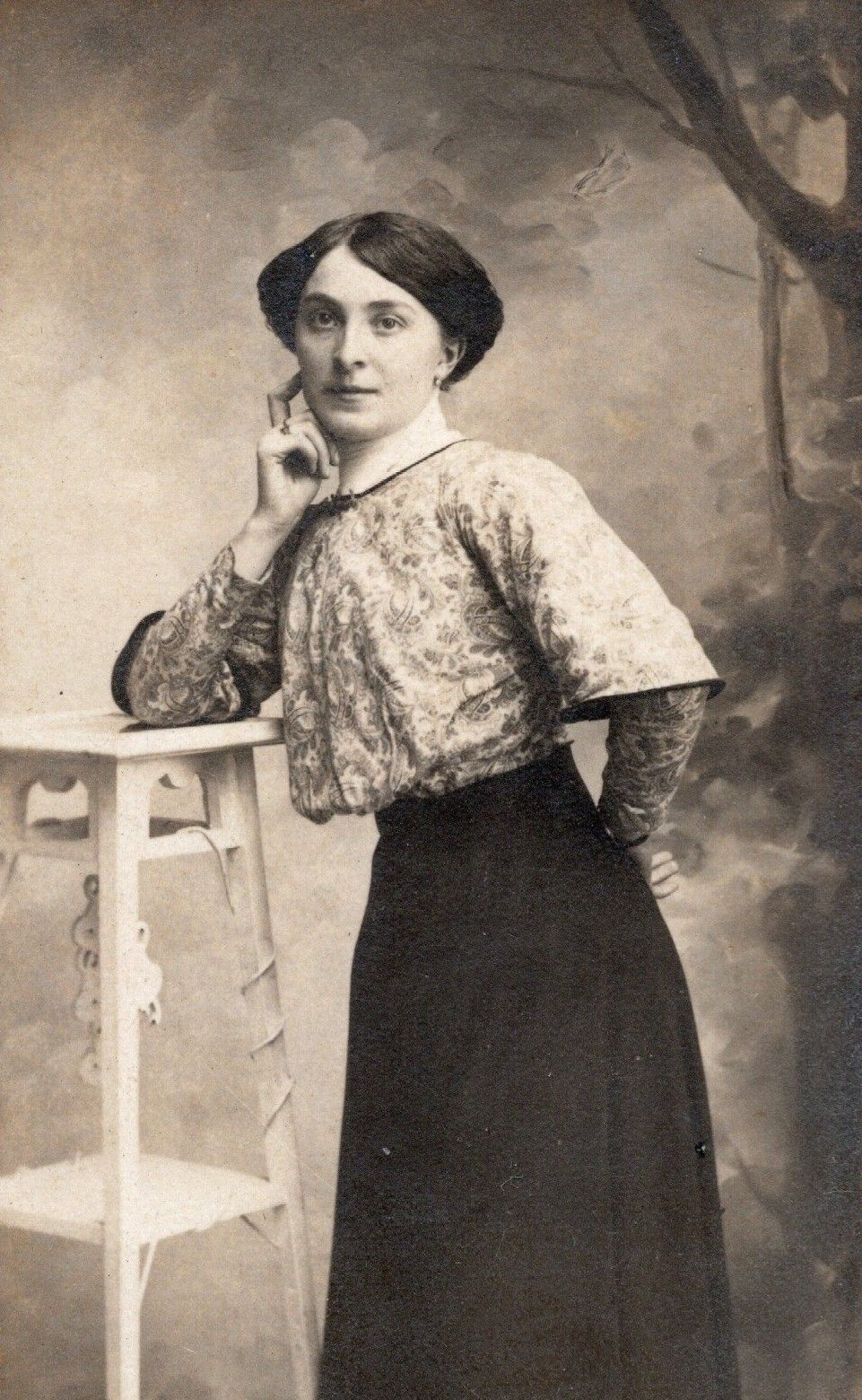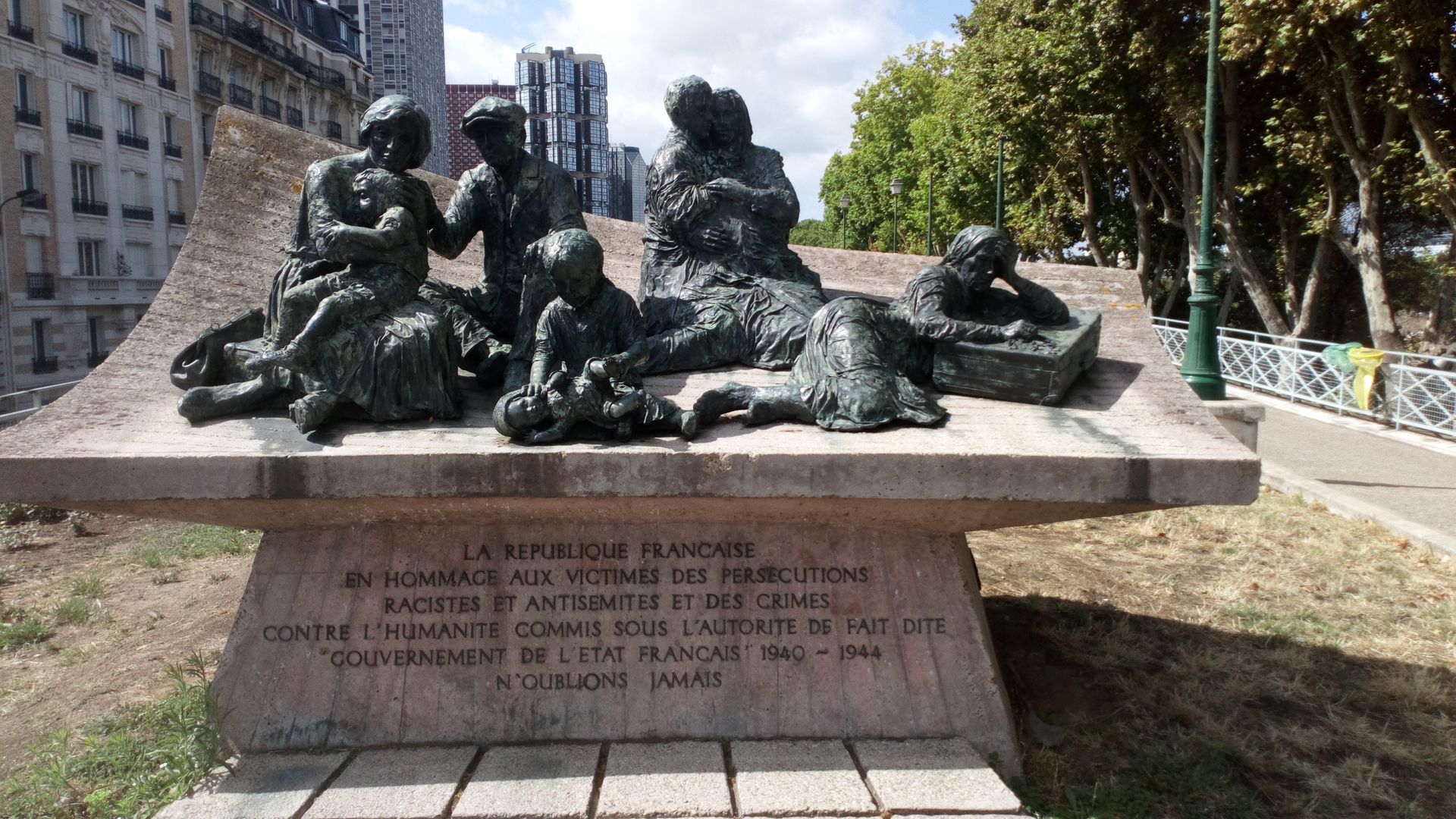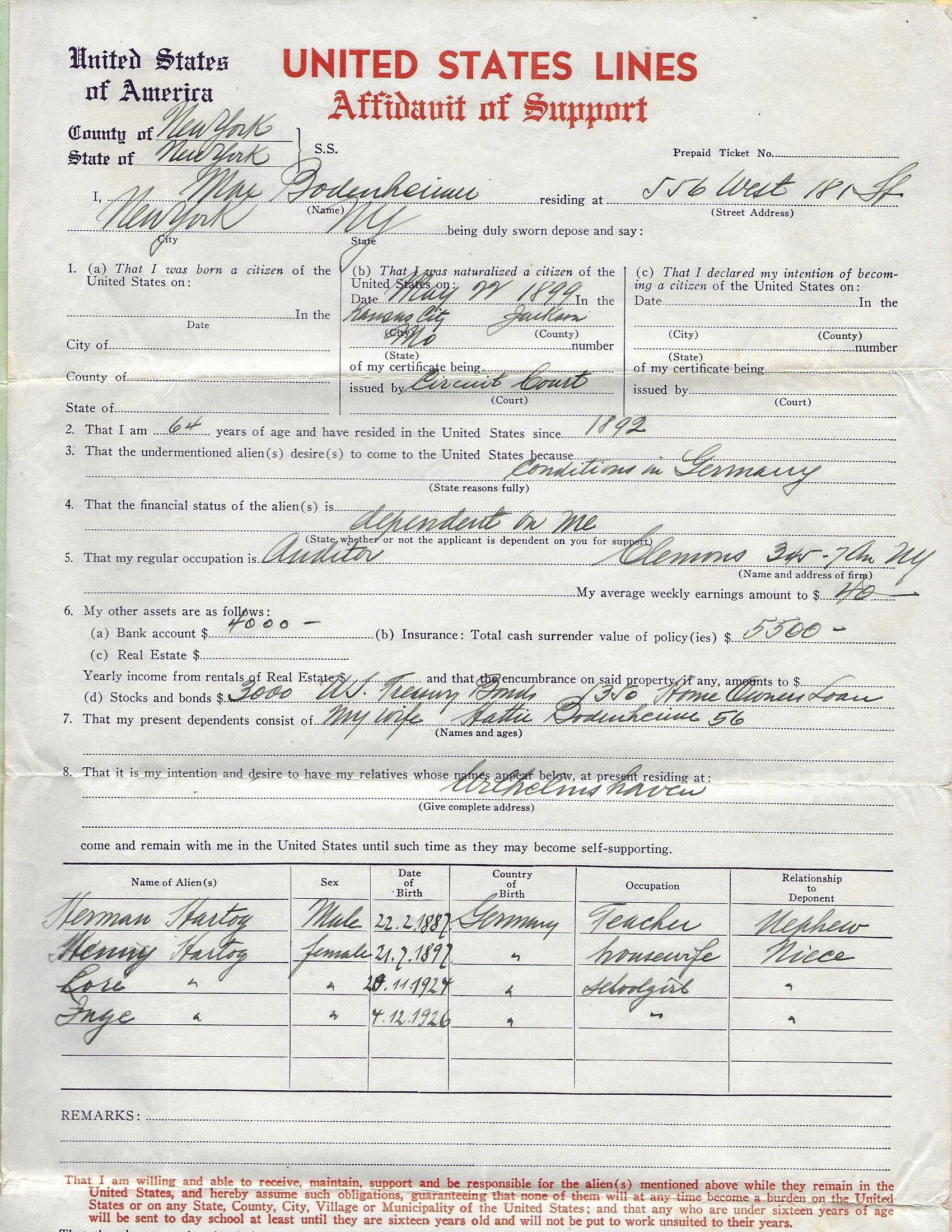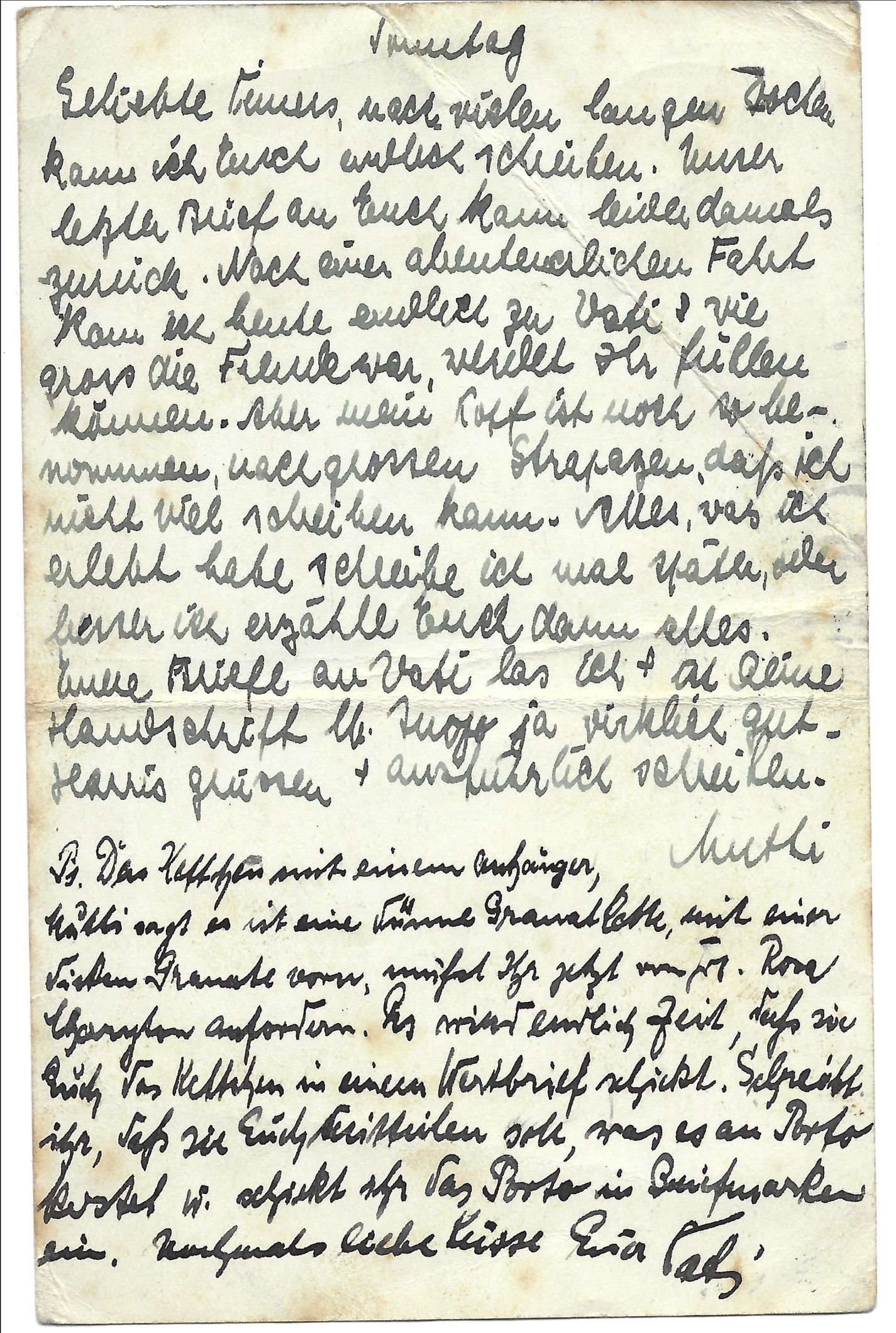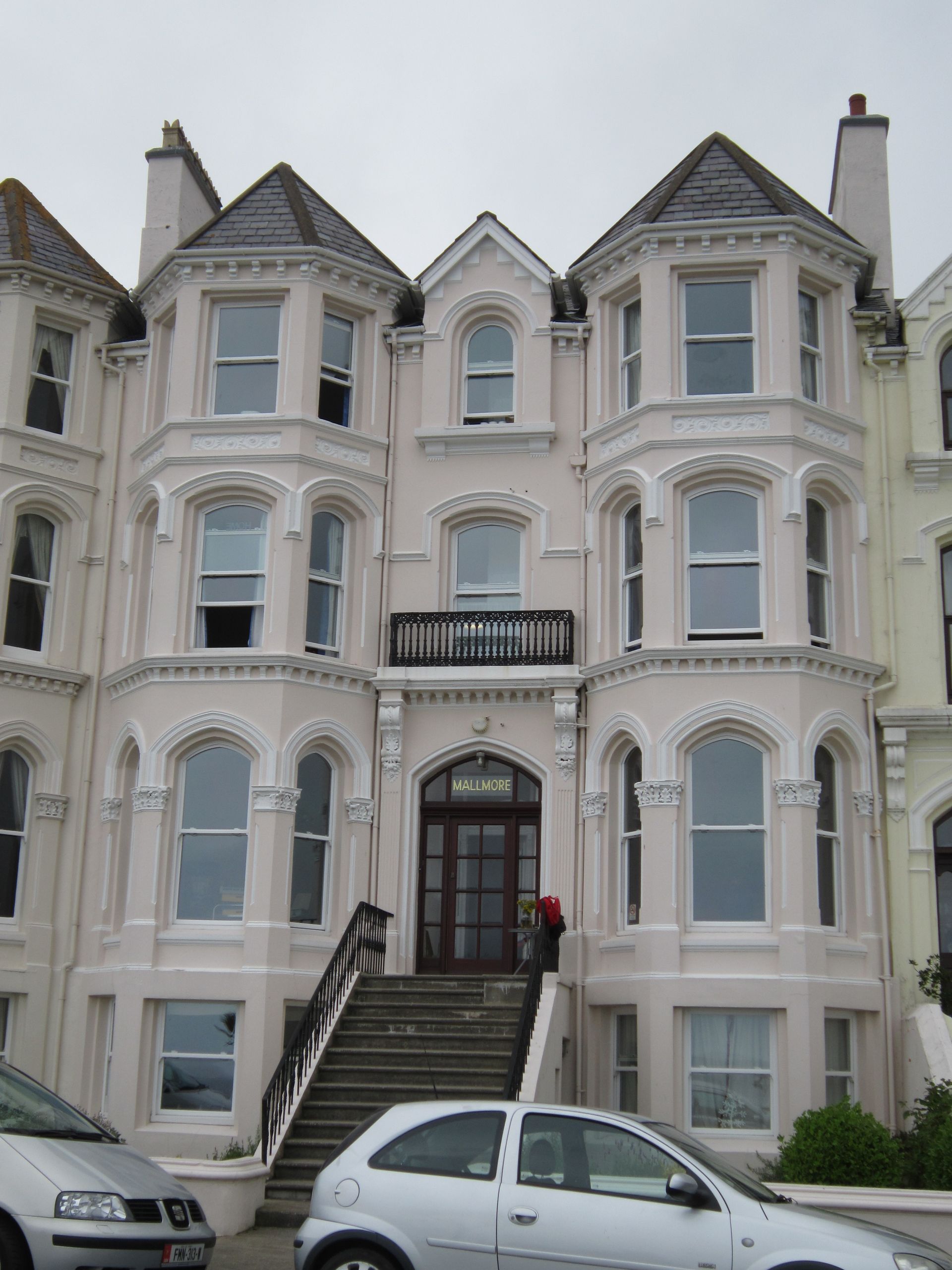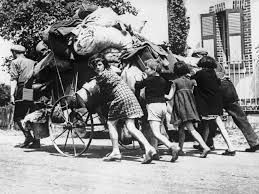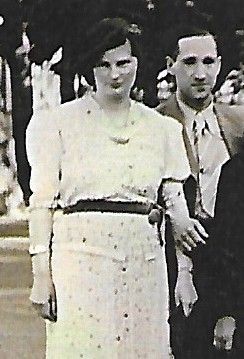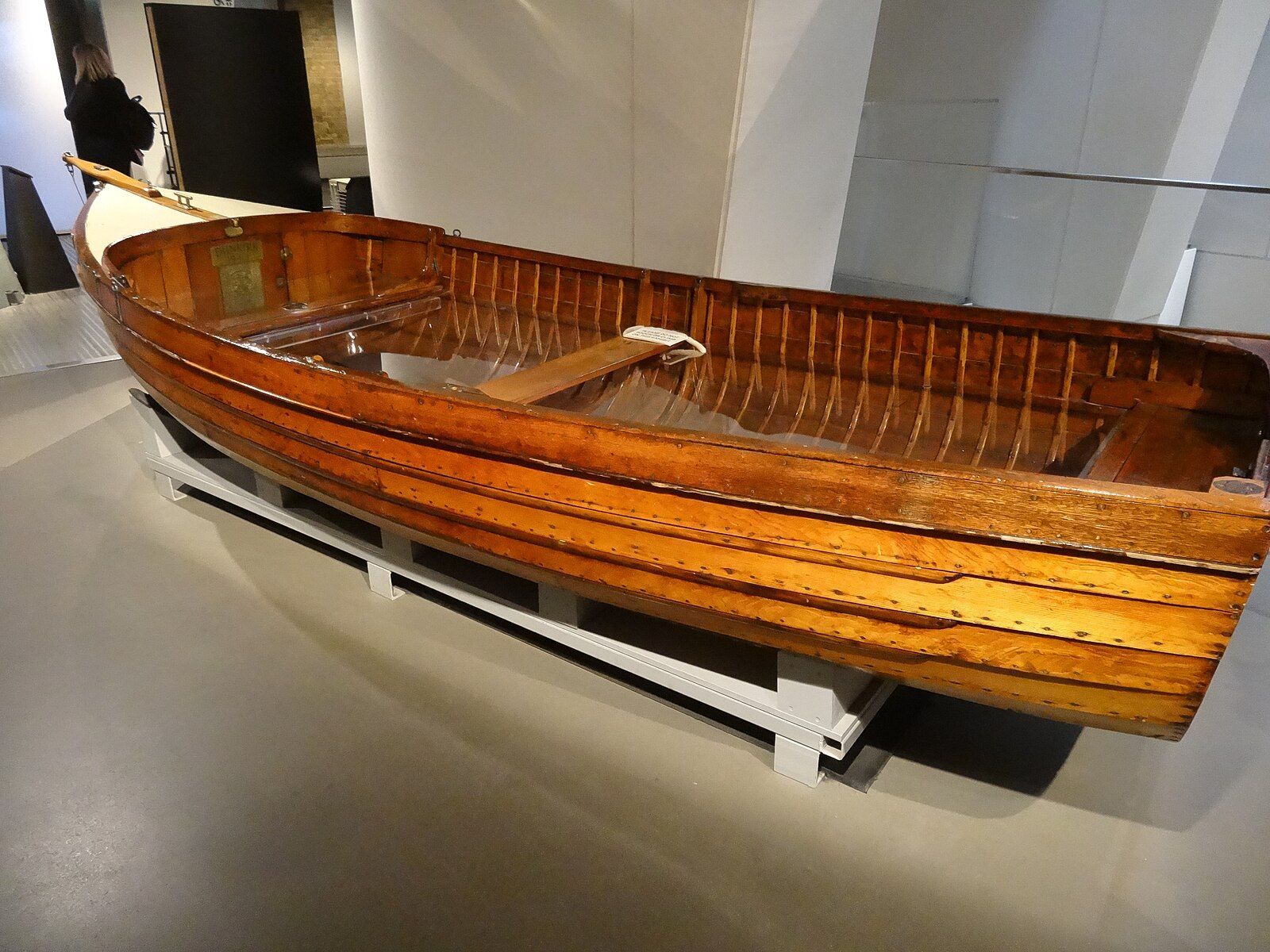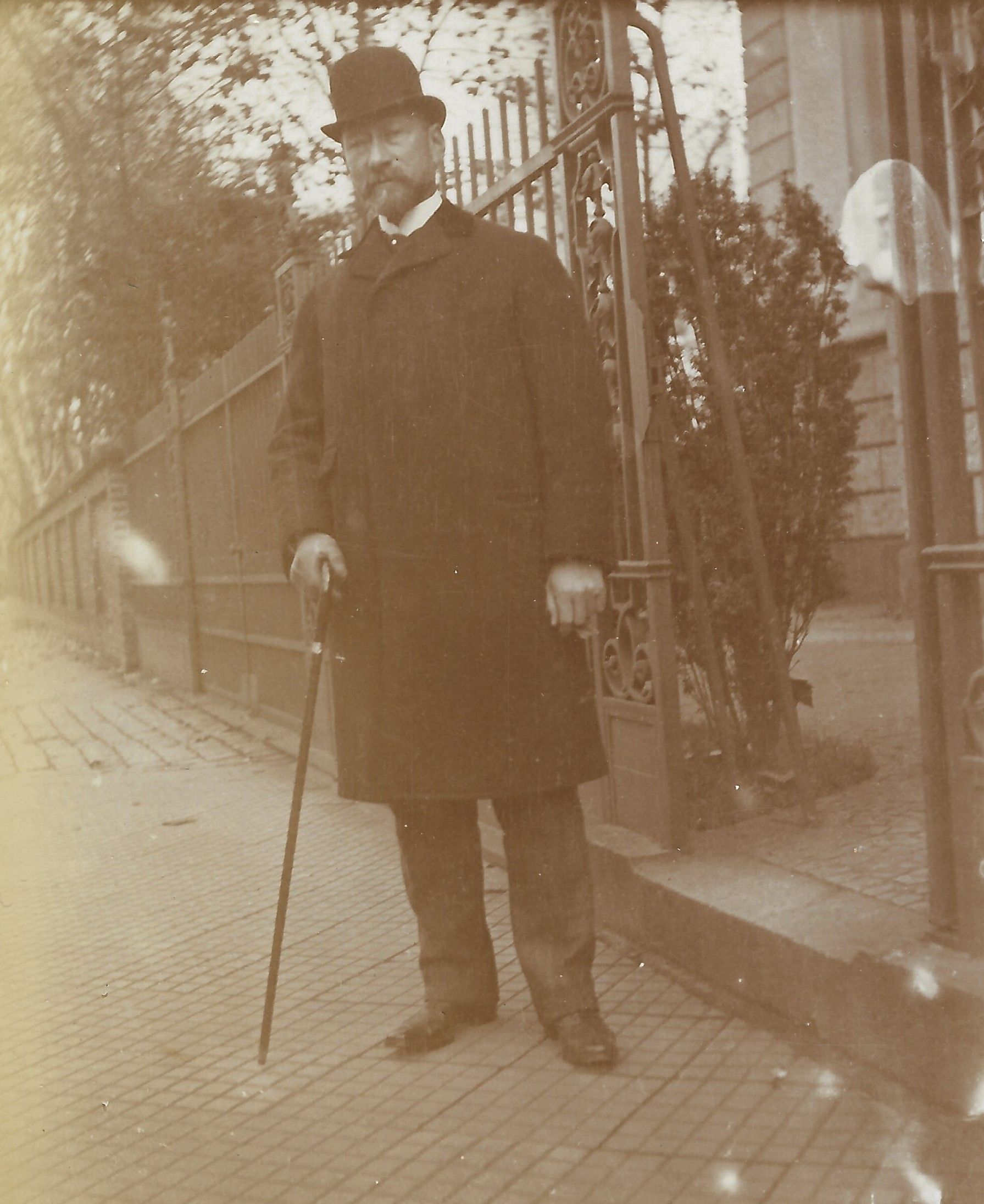Commemoration at Camp de Gurs
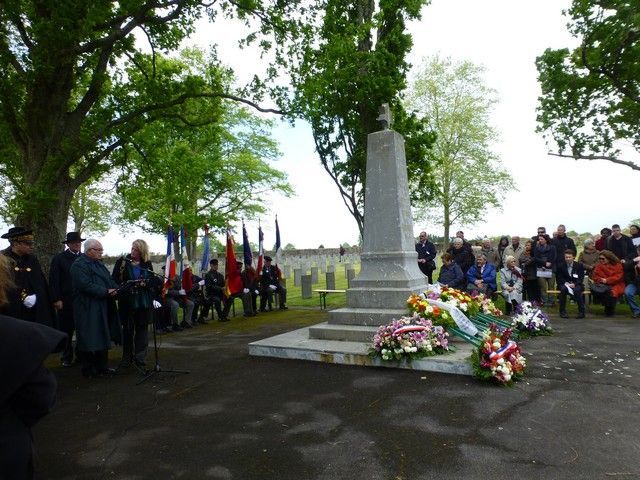
The camp at Gurs in south-west France, about 40 kilometres from Pau, was constructed in 1939 as an internment camp and prisoner of war camp. It was initially set up by the French government to receive those fleeing Spain at the end of the Spanish Civil War. In 1940, when France signed an armistice with Germany, the camp was then used to house foreign Jews and other 'undesirables'. The first contingent arrived on 21 May 1940.
A few months later, in October 1940, the Nazis decided to evacuate all the Jews from Baden and send them westwards to Gurs. That month, some 6,500 to 7,500 Jews arrived in Gurs adding significantly to the crisis of accommodation for the refugees in the area.
In 1942, most of the Jews in the area were taken to Camp de Gurs as part of the Nazis' Final Solution in exterminating the Jews. Beginning in August 1942, they were then sent from Gurs in convoys to the internment camp at Drancy in Paris from where they were deported to extermination camps 'in the East'. Most of them were murdered in Auschwitz.
The camp was dismantled in 1946. More than thirty years later, in 1979, the 40th anniversary of the creation of the camp, young people in the area started to explore their past and began to invite ex-inmates of the camp to conferences and lectures. This was much-publicised locally and led to an event the following year when there was a reunion at Gurs on 20 – 21 July.
The reunion drew people from many countries who had been former detainees, as well as others who had been associated with the French Resistance, or those who had survived the Death Camps. Together, they created an organisation called 'L'Amicale de Gurs' ('Friends of Gurs') which now has its own newsletter and also holds an annual commemorative ceremony that is attended by various Jewish organisations, representatives from Baden, as well as local officials and supporters.
The event commemorates the people who have passed through Gurs and suffered there, and it draws attention to the evils of dictatorial political regimes. Remembering the people and the place makes us all aware of the need to keep alive these memories and use them to inspire us to an active commitment to ensure – in whatever way we are each able – that we are involved in creating a society that turns away from intolerance, racism, cruelty and violence and builds something better in its place.
(the photo shows part of an earlier year's commemoration)

